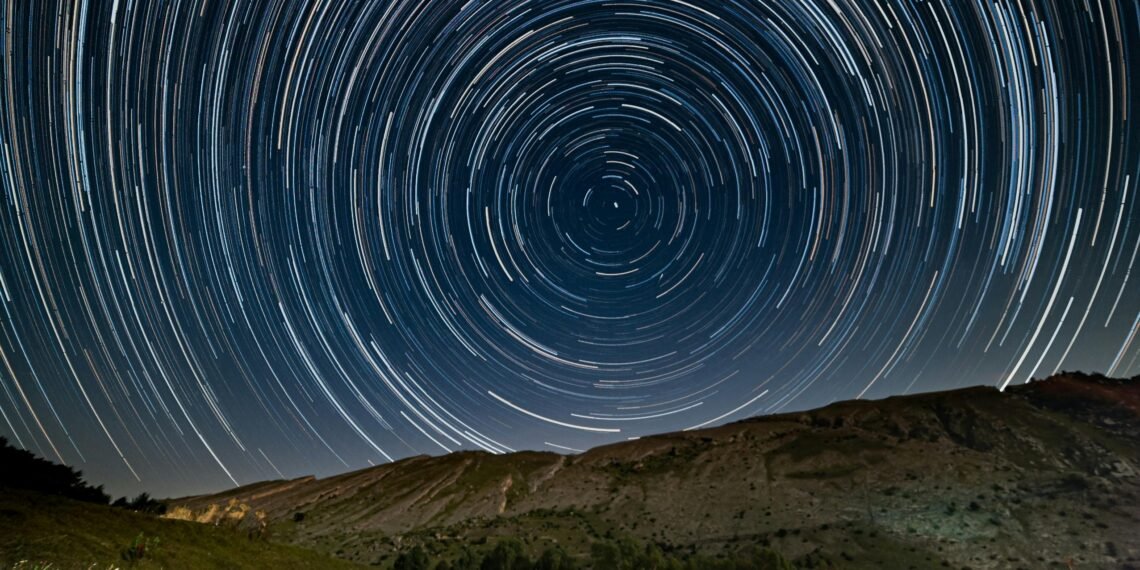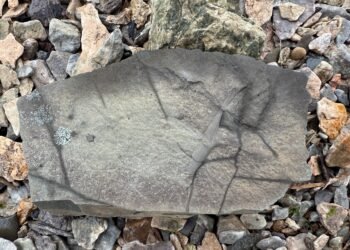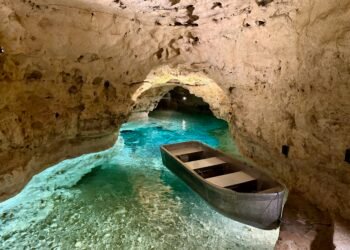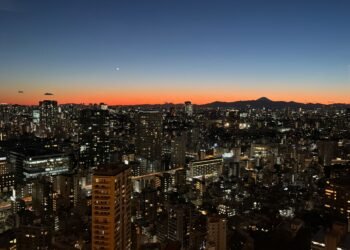What if we told you there are places where time slows down – not in a poetic sense, but in a measurable, scientific way? Thanks to Einstein’s theory of general relativity and the phenomenon of time dilation, this is more than just a science fiction concept, it’s proven physics. Gravity, motion, and elevation all influence how fast or slow time flows. The effects are tiny, often just billionths of a second per day, but they’re real, and scientists rely on them for everything from GPS accuracy to particle physics.
In some places, time ticks a bit slower; in others, it runs a touch faster – but in all of them, it bends just enough to measure.
Now here’s the twist: you can actually visit the places where these effects happen. These aren’t abstract theories or locked away in deep research vaults – they’re mountains, seas, volcanoes, airports, and yes, even a few labs you can tour. Here’s a countdown of 10 real-world destinations where time runs just a little differently, and why they deserve a spot on your travel list.
1 Places Where Time Slows Down (According to Physics)
Each of the destinations below is affected by gravity, elevation, or motion in ways that actually change how time flows. Some places slow it down. Others speed it up. But in every case, the effect is measurable—and the experience is unforgettable.
1. Dead Sea (Israel/Jordan)
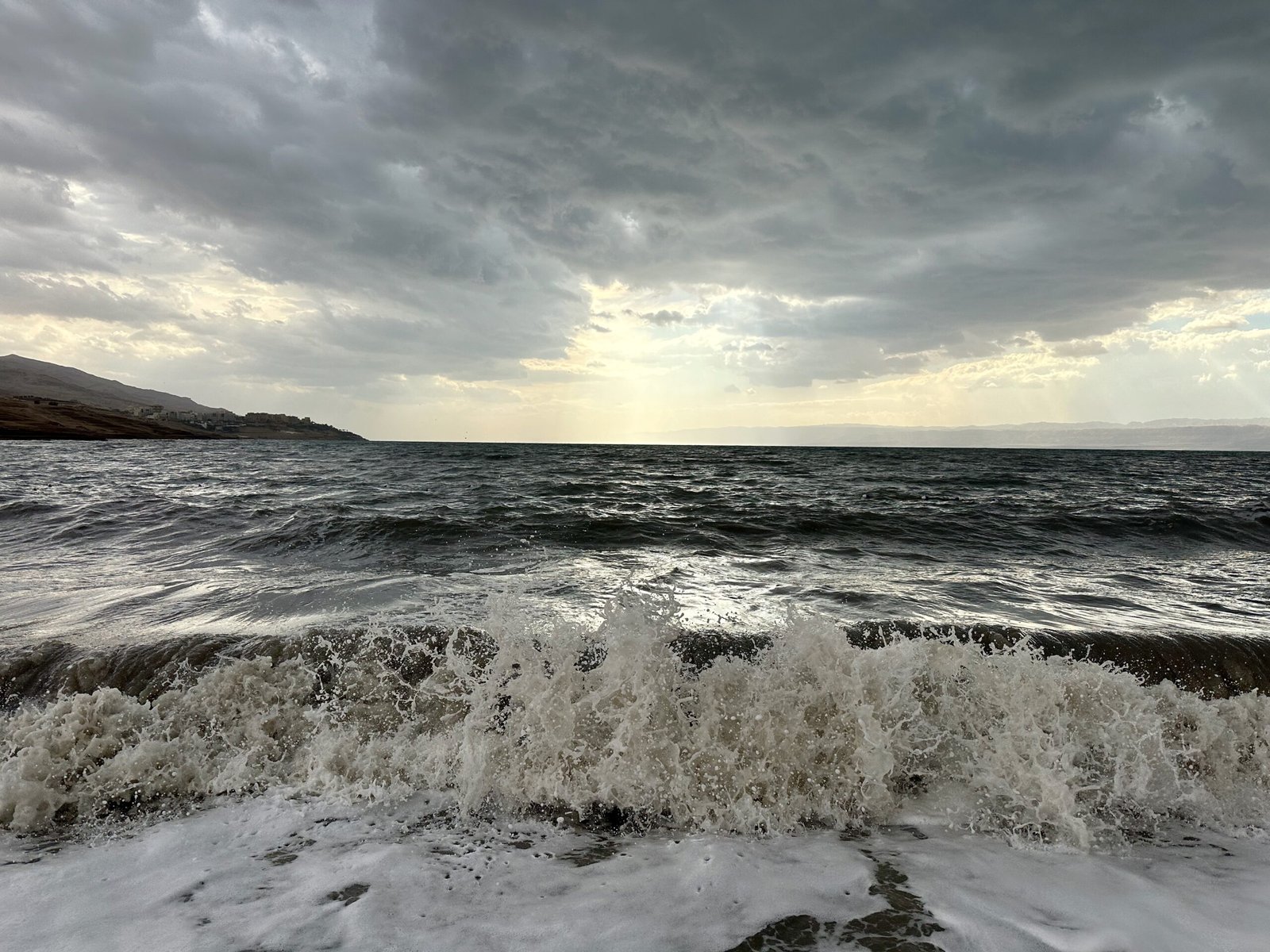
Effect: Time runs slightly slower here.
Time shift: ~-10 nanoseconds/year (estimated)
Why: At ~430 meters below sea level, it’s the lowest exposed point on Earth’s surface. Stronger gravity = slower clocks.
Visit Tip: Float in hyper-salty waters, experience Earth’s lowest point, and ponder that time ticks a bit more slowly here than almost anywhere else on land. Read more about the Dead Sea on Curious Don.
2. Mount Everest (Nepal/China)
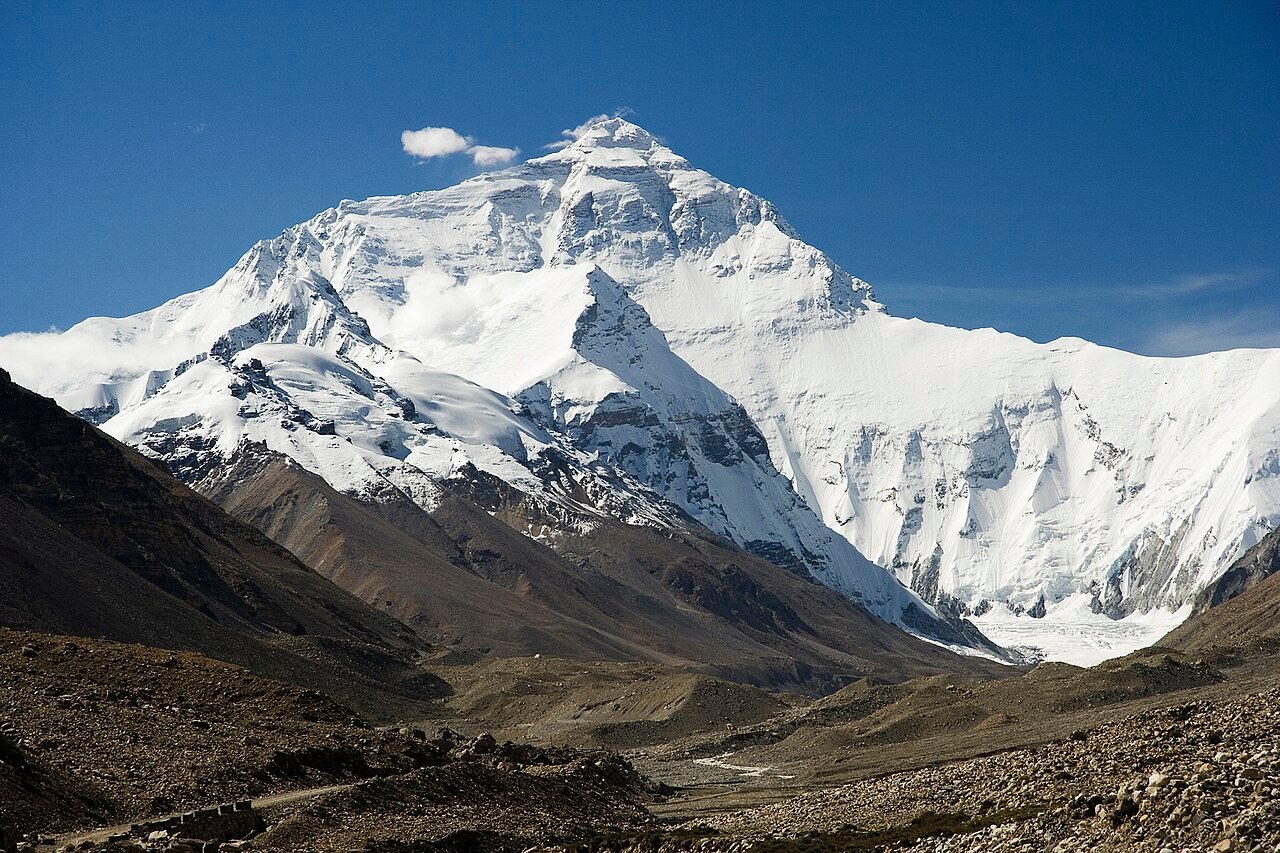
Effect: Time runs faster at the summit.
Time shift: ~+30 nanoseconds/year (estimated)
Why: At 8,848 meters above sea level, gravitational pull is weaker, so clocks tick slightly faster than at sea level. This tiny difference has been confirmed by satellites and theoretical models.
Visit Tip: Even if you don’t summit, trekking in the Himalayas still elevates your clock – literally.
3. La Palma Volcano (Canary Islands, Spain)
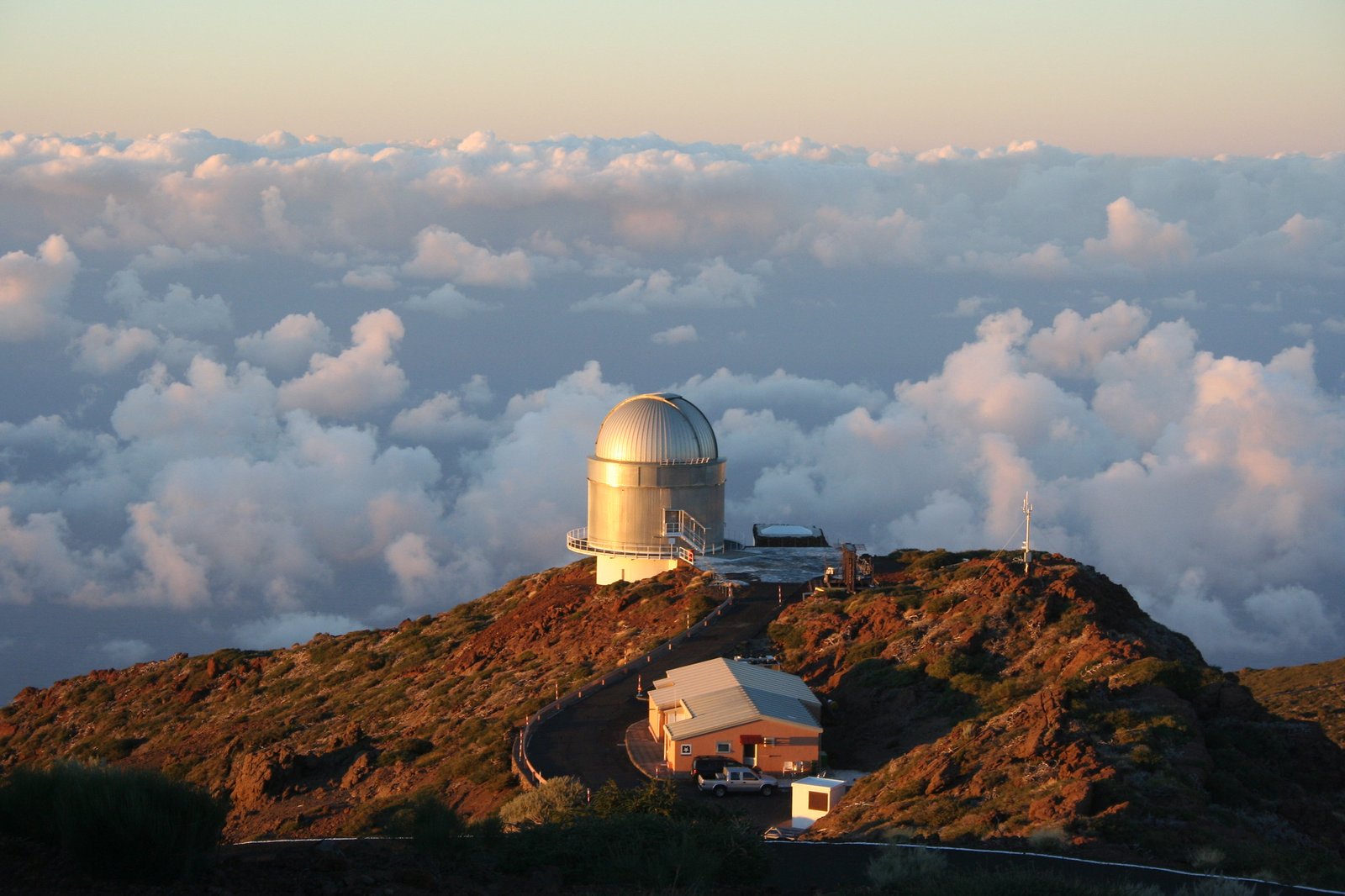
Effect: GPS satellite signals drift subtly here.
Time shift: negligible, but measurable via GPS drift (location-dependent)
Why: The volcanic mass alters local gravity just enough to warp spacetime. GPS satellites have to compensate for both elevation and mass-based gravitational anomalies.
Visit Tip: Visit Roque de los Muchachos Observatory and ask scientists about the timing corrections they must make.
4. Gran Sasso Underground Lab (Italy)

Effect: Atomic clocks run a hair slower underground.
Time shift: ~-5 nanoseconds/year (estimated)
Why: Located deep beneath the Apennine Mountains, the lab experiences stronger gravity than the surface, causing minuscule time slowdown.
Visit Tip: Tours are occasionally available to this physics facility that detects elusive neutrinos and tests relativity.
5. Mauna Kea (Hawaii, USA)
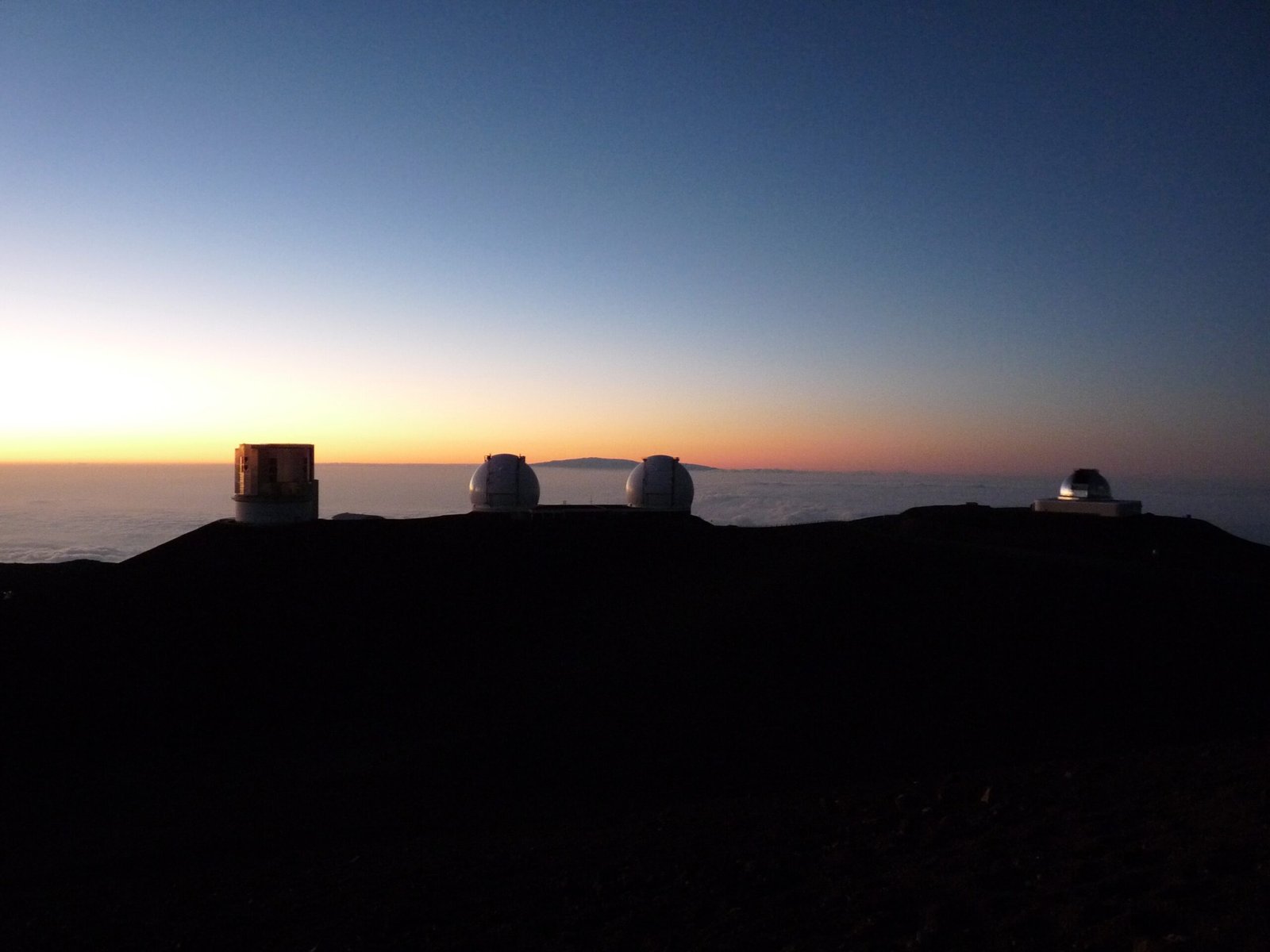
Effect: Clocks run faster at the summit.
Time shift: ~+22 nanoseconds/year (estimated)
Why: This dormant volcano stands over 4,200 meters above sea level. Weaker gravity means slightly faster time, and it’s also ideal for observing the cosmos.
Visit Tip: Stargaze at the summit and realize you’re watching the universe, and experiencing time – from a subtly faster frame. Read more about Mauna Kea.
6. Boulder, Colorado (USA)
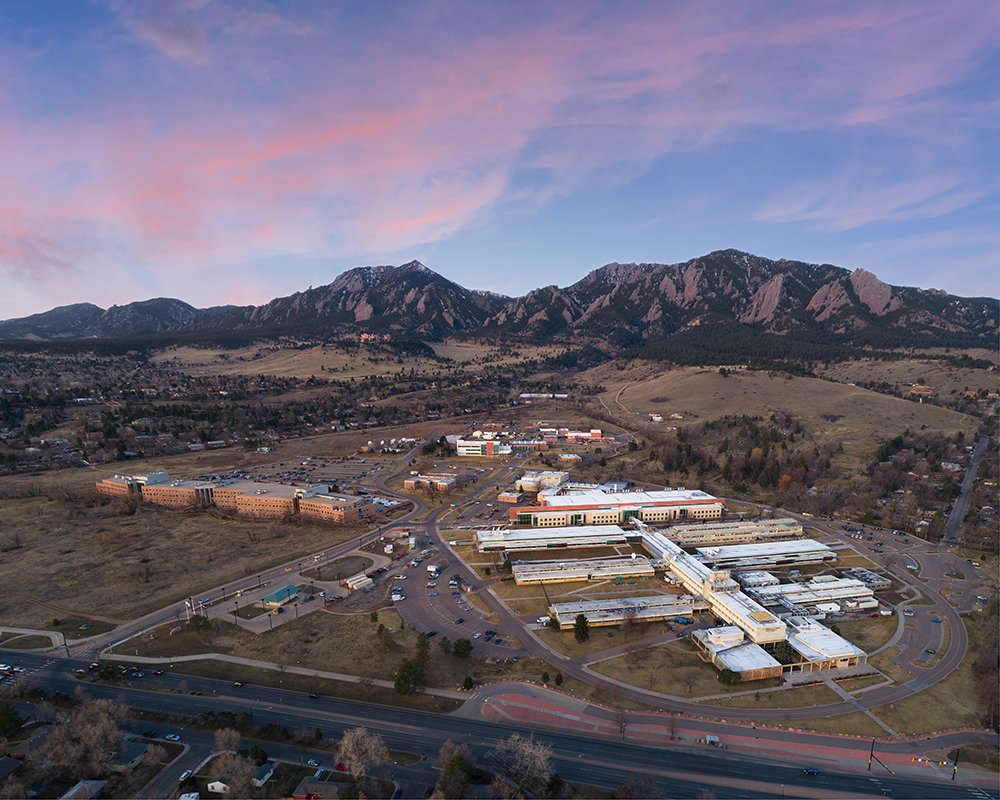
Effect: Time ticks faster at your head than your feet.
Time shift: ~+10 nanoseconds/year compared to sea level (estimated)
Why: At the U.S. National Institute of Standards and Technology (NIST), scientists have shown that even a height difference of 30 cm causes measurable time shifts with atomic clocks.
Visit Tip: While public tours aren’t always available, visiting Boulder puts you in the city where time itself is measured down to billionths of a second.
7. Chimborazo Volcano (Ecuador)
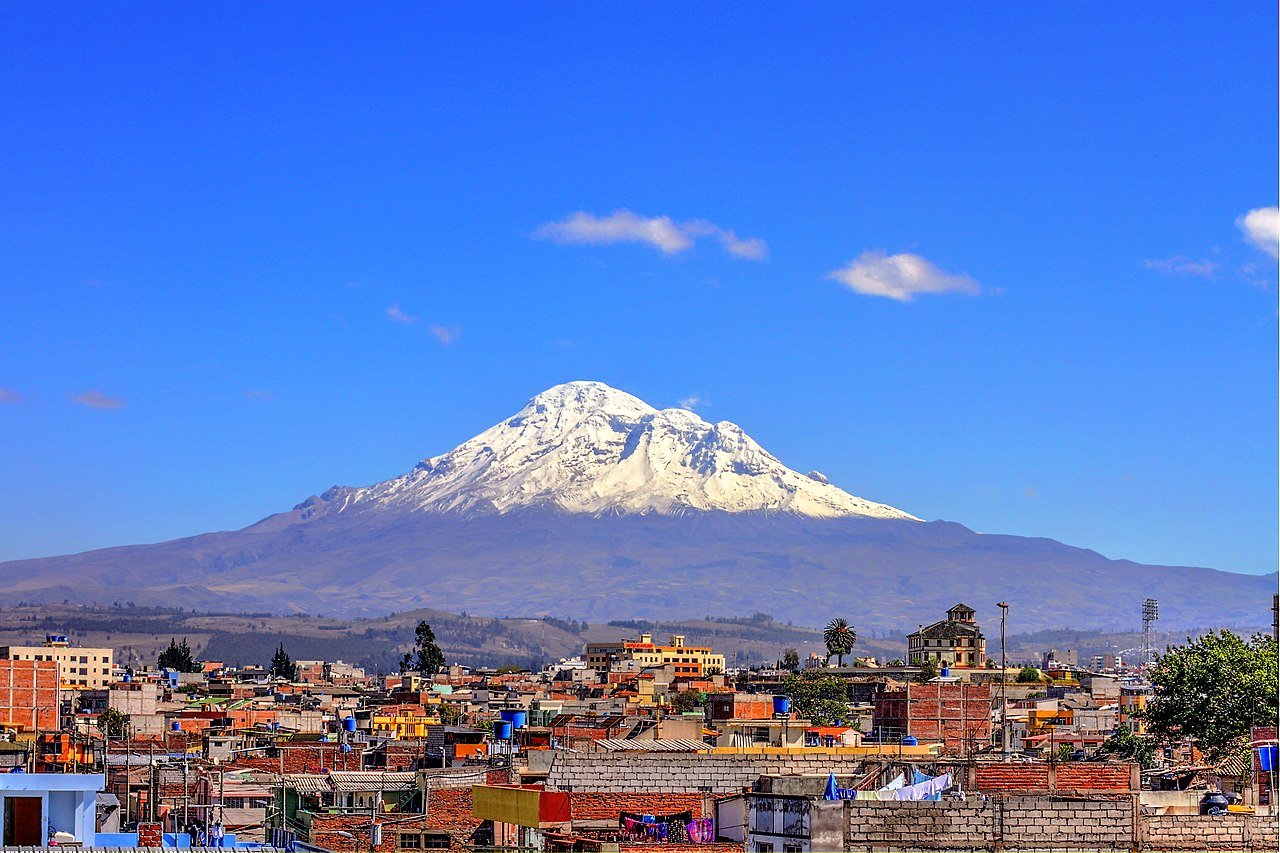
Effect: Time runs faster than even Everest.
Time shift: ~+35 nanoseconds/year (estimated)
Why: Due to Earth’s equatorial bulge, Chimborazo’s summit is the furthest point from Earth’s center – even farther than Everest. Gravity is weakest here, so time speeds up slightly more.
Visit Tip: You can summit Chimborazo with a guided climb or visit its slopes for the novelty of being as far from Earth’s core as you can get on land.
8. CERN (Switzerland/France)
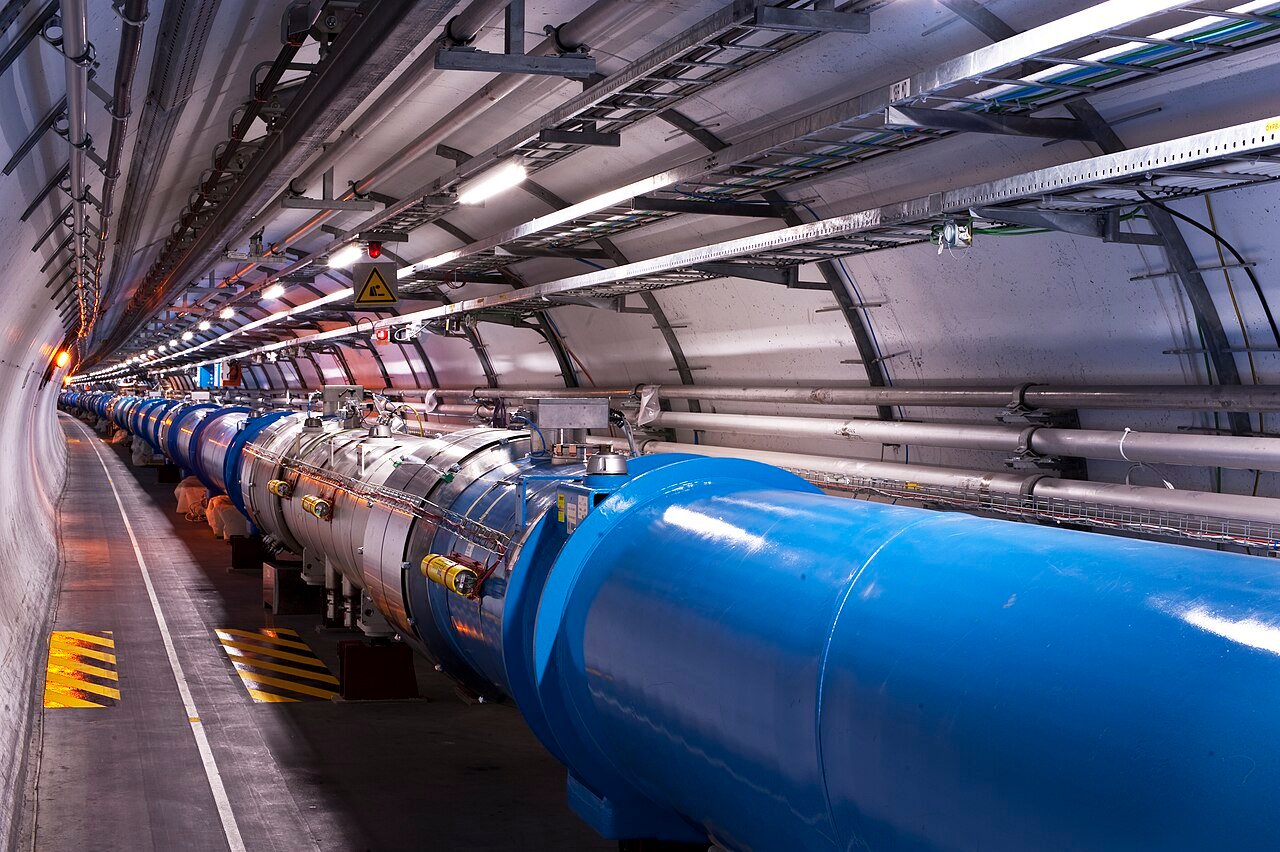
Effect: Time nearly stops for particles moving near light speed.
Time shift: Particles experience extreme time dilation; human-scale difference is negligible.
Why: In the Large Hadron Collider, particles are accelerated to near-light speed. Their internal clocks (from their frame of reference) nearly stop – a textbook case of time dilation.
Visit Tip: Book a public tour to see how relativity is tested in the most dramatic way possible: by bending time at 99.999999% the speed of light.
9. Greenwich, England
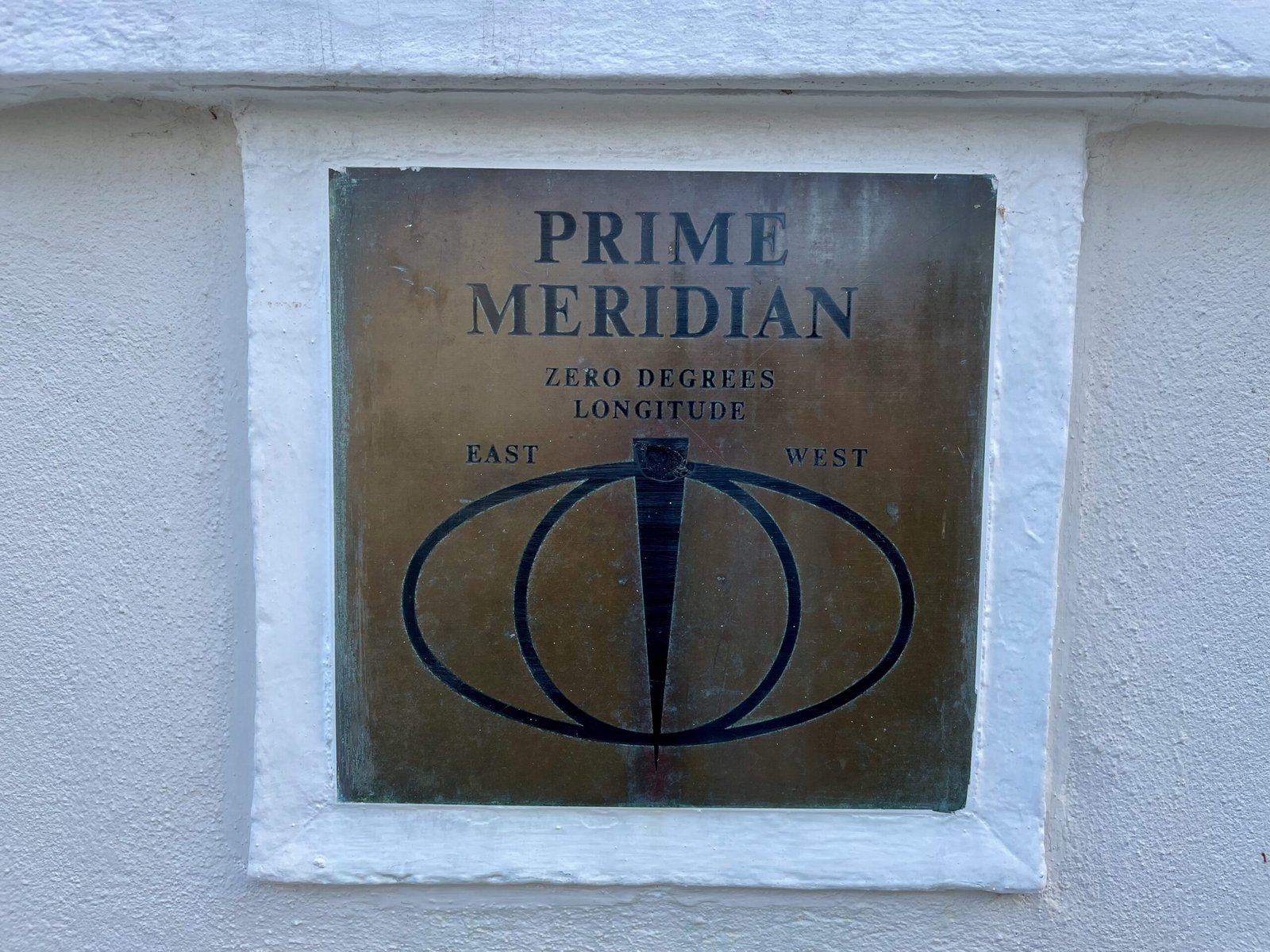
Effect: It’s the global reference for time, but not immune to relativity.
Time shift: negligible for visitors, but foundational for global timekeeping.
Why: Greenwich Mean Time (GMT) and Universal Coordinated Time (UTC) are based here, but real-world factors like altitude and gravity mean no one is ever perfectly synced.
Visit Tip: Stand on the Prime Meridian, then check your phone – you’re technically always off by a sliver of a second.
10. Your Airplane at Cruising Altitude (Anywhere)

Effect: You age faster in flight.
Time shift: ~+20 nanoseconds/year (based on average commercial cruising altitude)
Why: At 35,000 feet, gravity is slightly weaker and time ticks a tiny bit faster. But because you’re also moving quickly, special relativity applies and slightly offsets it.
Visit Tip: Frequent fliers age nanoseconds more than ground dwellers – a fun fact with your in-flight peanuts.
2 Time Isn’t Just a Number
These time shifts may only add up to billionths of a second, but they’re real, measurable, and packed with wonder. If you’re the kind of traveler who packs curiosity with your passport, these destinations prove that even time itself bends to the planet.
3 FAQs About Places Where Time Slows Down
Q: Can you actually feel time slowing down in these places?
A: No. These effects are measurable with atomic clocks, but far too small for humans to notice directly.
Q: Are these places dangerous or hard to reach?
A: Not at all! Many are tourist-friendly, with observatories, hiking trails, or tours available.
4 More Science Travel Adventures
If you enjoyed exploring places where time behaves differently, check out these other mind-bending travel experiences:
- 10 Places That Look Like Mars You Can Actually Visit
- Mauna Kea Astronomy Guide: Summit, Stargazing & Science
- Mer de Glace Glacier: Train Ride, Ice Cave & Climate Change
Hero image photo credit: Alexey Chudin / Pexels.

